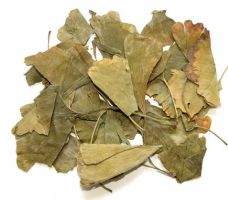[2] A Complete English Dictionary of Medicinal Terms in Chinese Acupuncture and Herbalism 1981- Henry Lu Chinese Foundations of Natural Health- The Academy of Oriental Heritage, Vancouver, Canada.
[3] Medicated Diet of Traditional Chinese Medicine- Chief Editor- Hou Jinglun. Associate Editors- Zhao Xin, Li Weidong, Liu Jianxin, Geng Chun-e, Li Guohua, Li Shaohua. Geijing. Science & Technology Press 1994. ISBN 7-5304-1735-5/R. 309.
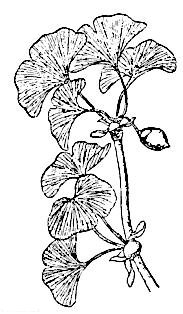 Images
Images1. treesflowers.com
2. fsfuyi.com
3. en.mr-ginseng.com
4. [1]
5. tcmwiki.com
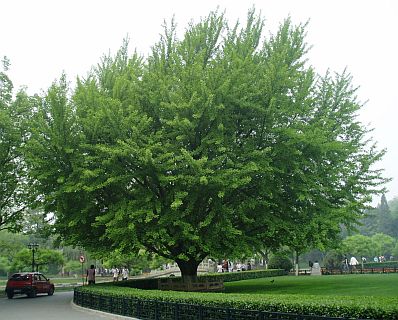 Ginkgo
biloba 銀
杏 Yín xìng
Ginkgo Family: Ginkgoaceae
Ginkgo
biloba 銀
杏 Yín xìng
Ginkgo Family: Ginkgoaceae
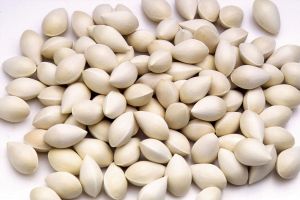
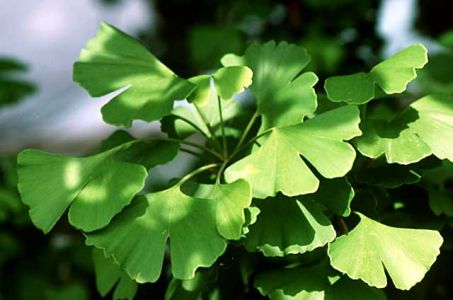 银
杏 叶
Yín xìng yè Ginkgo leaf
银
杏 叶
Yín xìng yè Ginkgo leaf
